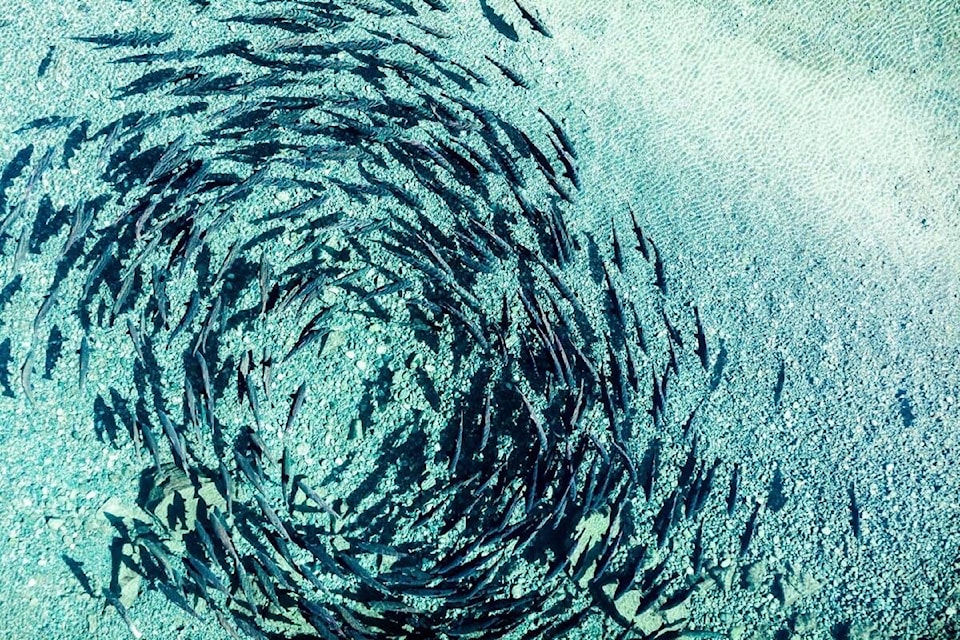JESSICA HUTCHINSON
Special to the Westerly
Redd Fish Restoration Society is a charity. It is something we are immensely proud of. We are a team of dedicated young professionals working for a cause we believe in. Restoration, research, education, stewardship. These are our pillars. The organization isn’t new, it was conceived back in the 90s. But in the last few years, our team and the capacity of our organization has grown significantly. We now have over 20 full time staff that invest incredible energy and love into strengthening these pillars every day.
The foundation of our organization is our Board of Directors. We have representatives from each of the five First Nations in our region holding active seats on our Board. This volunteer Board is also composed of government representatives, biologists, ecologists, and individuals who believe in the work we do. Together, our mission is to use the best available science, technology, and Indigenous knowledge to restore damaged coastal ecosystems and rebuild wild salmon stocks.
Over the last 27 years, our Society has done some incredible things. In the last three years alone, we have planted over 80,000 trees, stabilized landslides and removed 110,000 lbs of garbage from our local watersheds. With our team of engineers, biologists, and fluvio-geomorphologists, we designed and installed the first ever self-ballasting large wood structure on the west coast of Vancouver Island. This structure is comprised of over 43 full length trees with root wads attached that protrude out into the Hiłsyaqƛis (Tranquil) River. This structure provides refuge, cover, shade, stream bank protection, and resiliency to a river that has yet to recover from the damage caused by logging decades ago.
Restoration is not about returning a river, forest, or estuary to a pre-altered state or condition; it is about accelerating the recovery of processes that create and sustain ecosystems and the recovery of an ecosystem’s natural resiliency and capacity to cope with change. We strongly believe in the importance of science and Indigenous knowledge in ecological restoration. We also believe in the importance of education and stewardship. Reconnecting people to these watersheds is what will protect them in the long-term.
We recently changed our name to Redd Fish. For us, the name echoes the Nuu-chah-nulth teaching of hiišukʔiš c̓awaak – everything is one. Our organization has always believed in a holistic approach to ecosystem recovery. All factors must be considered to effectively accelerate the recovery of damaged watersheds and threatened or endangered species. The redd symbolizes this concept. A redd is a salmon nest. It is the culmination of a salmon’s life journey. A migration over thousands of kilometers, to the Bering Sea and back, ends at the redd. This collection of scarlet red eggs buried in the bed of a river is all the salmon journeyed for. With rapidly declining salmon populations and thousands of eggs in each nest, every redd counts. It is a critical indicator of the health of our oceans, forests, and streams, and moreover illustrates the connectivity that exists between each.
Wondering how you can become a steward and participate in restoring? Follow us on social media, reach out over email to get involved and lend a hand at our community events.
Kleco - Thank you for your continued support of this important work.
Jessica Hutchinson is the executive director of Redd Fish.
